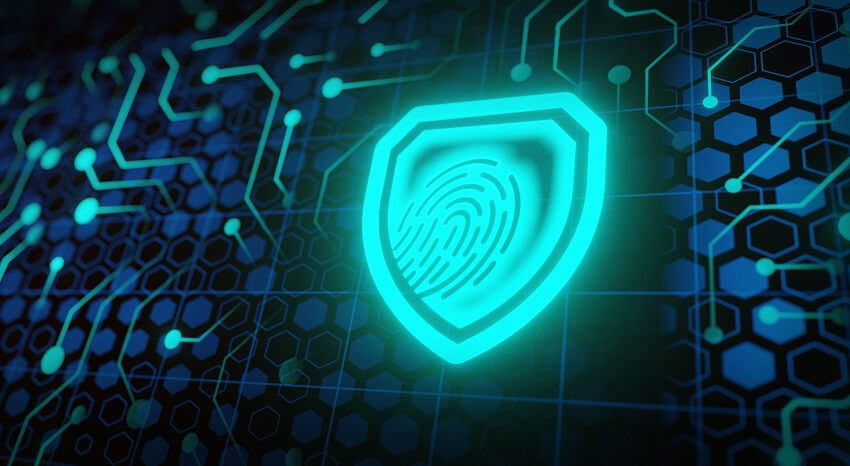Index Surge: Amplifying Your Insights
Stay updated with the latest trends and news across various industries.
Phishing for Trouble? Don't Take the Bait
Stay safe online! Discover the hidden dangers of phishing scams and learn how to protect yourself from taking the bait.
Understanding Phishing: How to Identify and Avoid Scams
Understanding phishing is essential in today’s digital landscape, where cybercriminals constantly devise new tactics to deceive unsuspecting users. Phishing scams often manifest as emails, messages, or websites that appear legitimate but are designed to steal sensitive information such as passwords, credit card numbers, and personal data. To identify phishing attempts, look for common indicators: poor grammar and spelling, generic greetings instead of your name, and URLs that do not correspond to the claimed sender. Vigilance is key, as many scams mimic trusted organizations.
To avoid phishing scams, implement several best practices. First, never click on suspicious links or download attachments from unknown sources. Instead, visit websites by typing the URL directly into your browser. Additionally, enable MFA (Multi-Factor Authentication) whenever possible to add an extra layer of security. Lastly, educate yourself and others about the latest phishing tactics; knowledge is the best defense against these malicious threats. By staying informed and cautious, you can significantly reduce your risk of falling victim to phishing scams.

Top 10 Signs You're Being Phished: Stay One Step Ahead
Phishing scams have become increasingly sophisticated, making it essential for users to be vigilant. Here are the Top 10 Signs You're Being Phished that can help you stay one step ahead:
- Your inbox is flooded with unsolicited emails from unknown senders.
- You receive urgent messages requesting personal information or immediate action.
- The sender's email address closely resembles a legitimate source but has slight variations.
- Links provided in emails lead to unfamiliar or suspicious websites.
- You notice poor spelling and grammar in the communication.
- The email creates a sense of urgency or pressure to act quickly.
- Your account seems to be compromised, and you receive alerts you didn’t initiate.
- Attachments or links that are unexpected and require you to download files.
- You are asked to verify sensitive information in an unusual manner, like through email or text.
- The message promises rewards or prizes that seem too good to be true.
By recognizing these signs, you can protect yourself from phishing attempts and ensure your personal information remains secure. Always be cautious with any communication that raises red flags. If you suspect that you are being targeted, take the necessary precautions by reporting the emails and changing your passwords immediately. Stay informed, and you'll be well-equipped to spot and avoid these dangerous scams.
What to Do if You've Fallen for a Phishing Scam?
If you fall for a phishing scam, the first step is to remain calm and assess the situation. Begin by ceasing any further communication with the scammer. If you have provided personal information, such as passwords or credit card numbers, immediately change those passwords and contact your bank or credit card company to report the incident. They can help you monitor for unauthorized transactions and may suggest additional protective measures.
Next, ensure you take proactive steps to secure your online presence. This includes enabling two-factor authentication on your accounts, updating your security questions, and scanning your devices with trusted antivirus software. Additionally, report the phishing attempt to relevant authorities or organizations that handle fraud, such as the Federal Trade Commission (FTC) in the United States. By acting quickly and effectively, you can mitigate the damage caused by a phishing scam and protect yourself against future attacks.